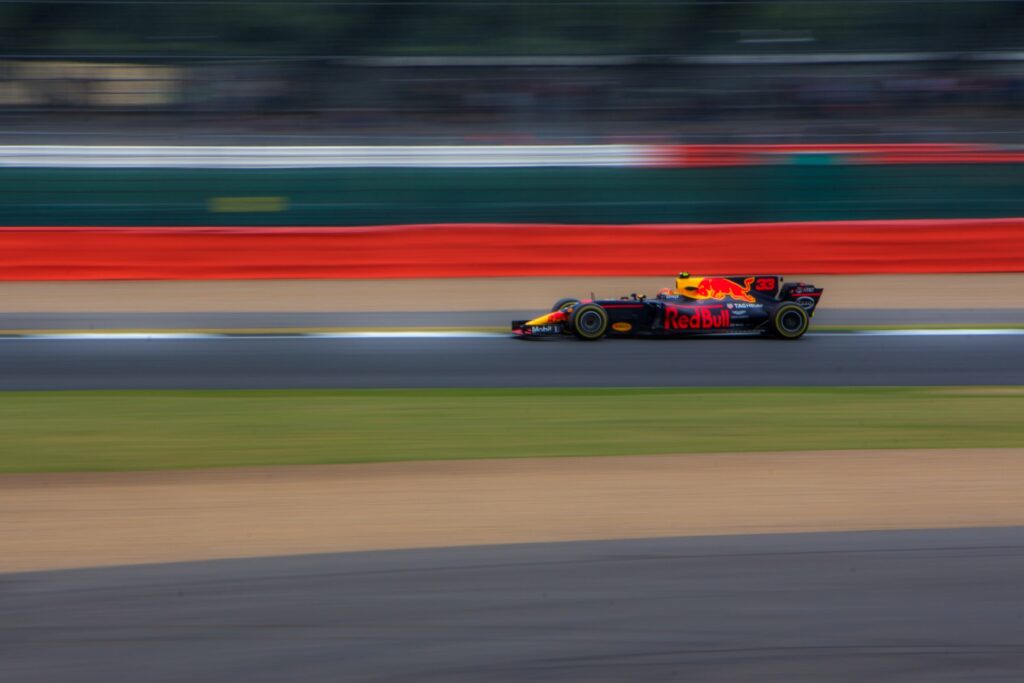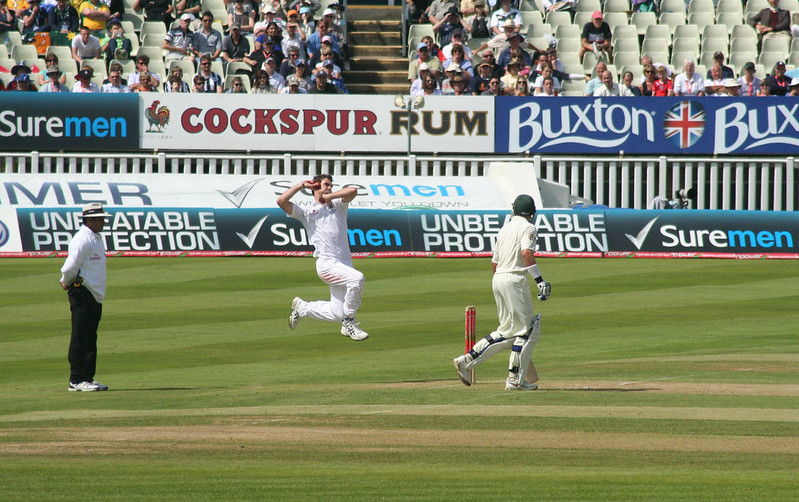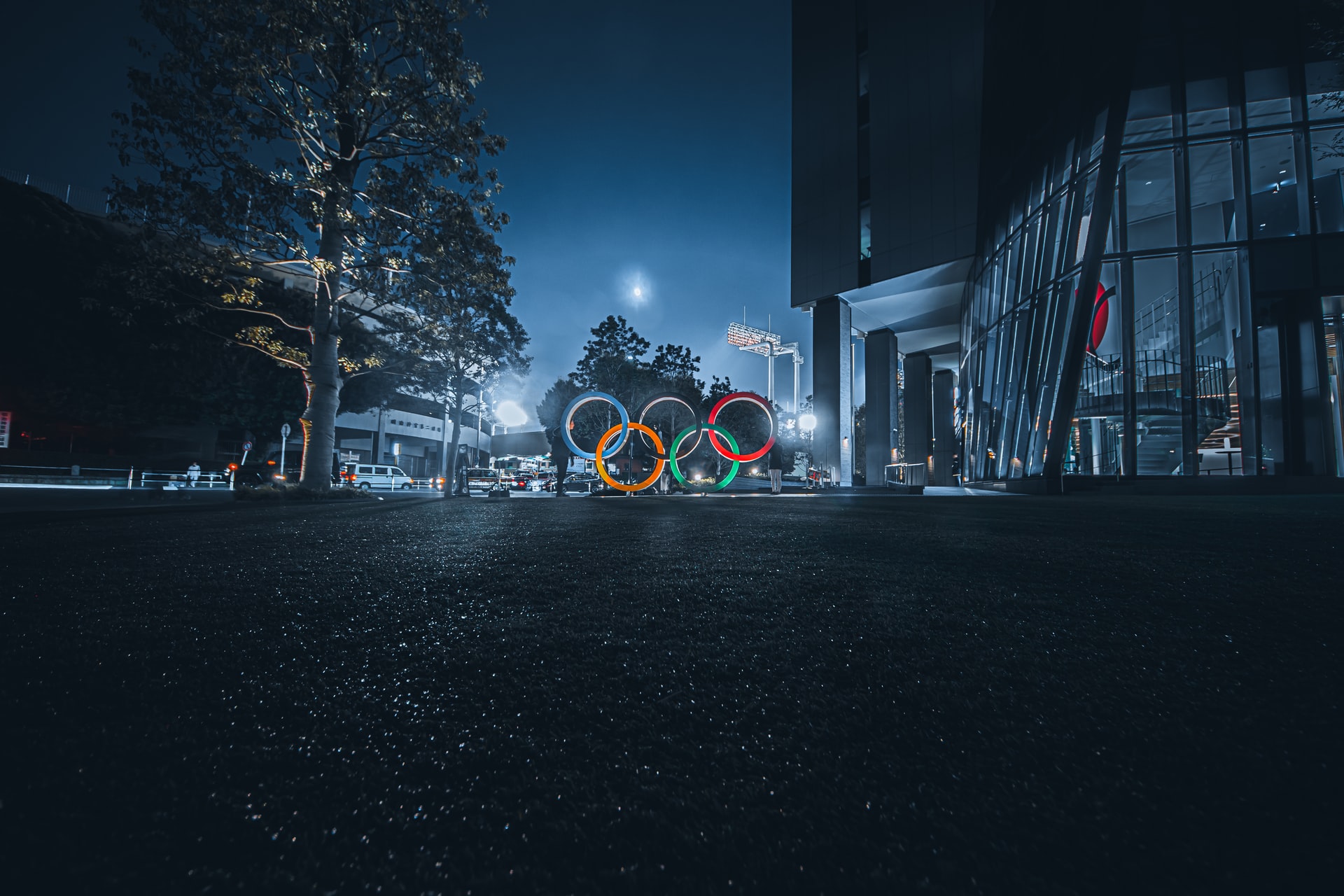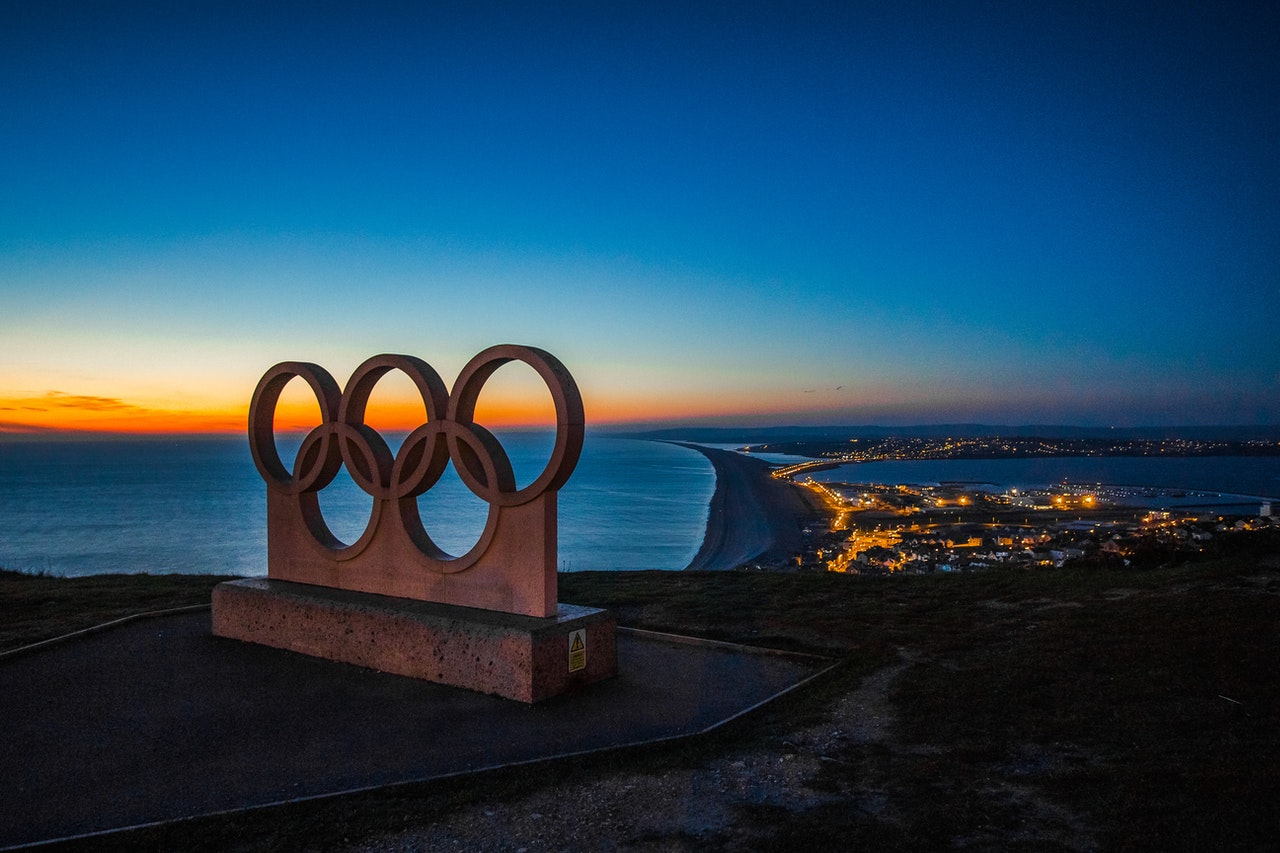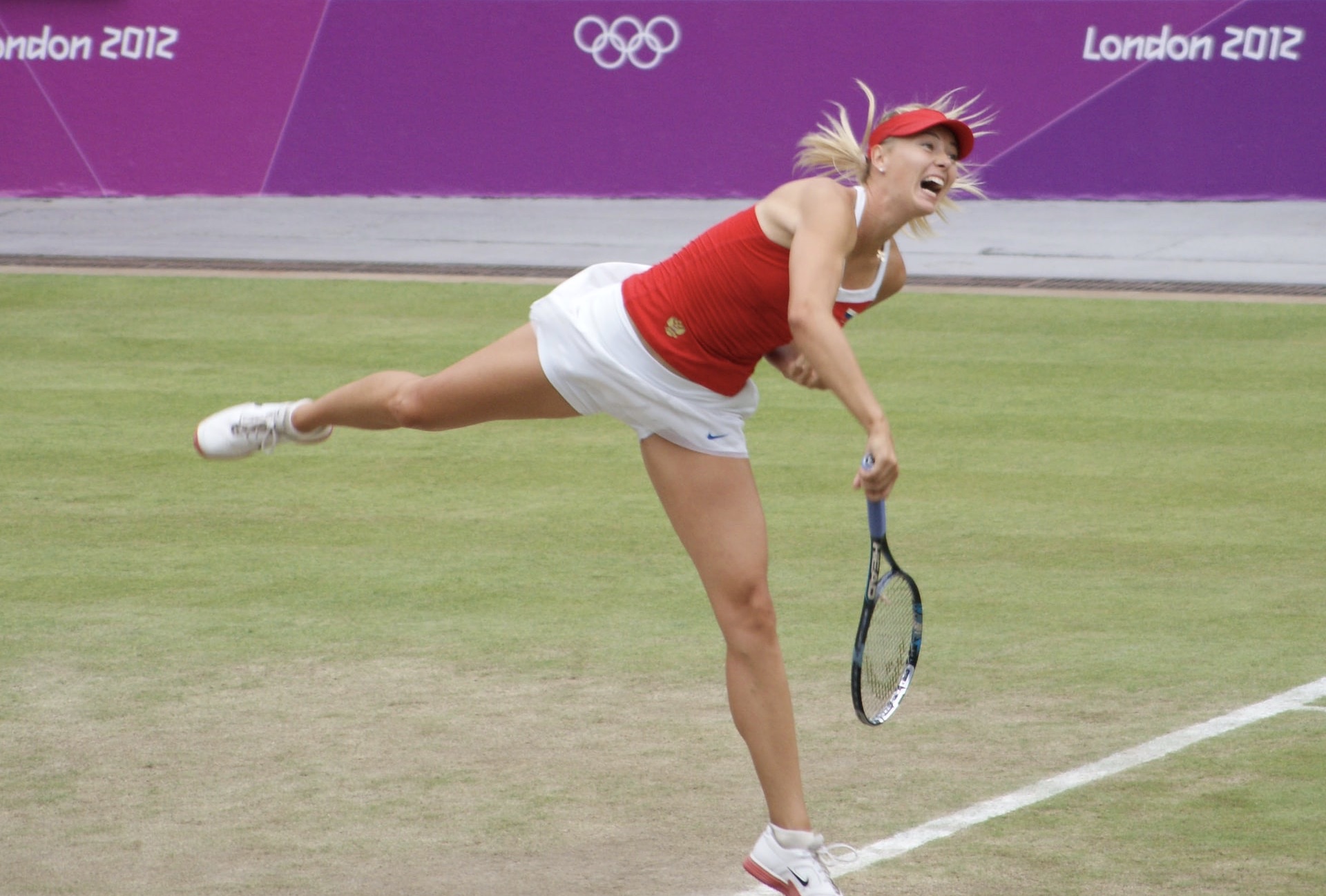Reading Time: < 1 minutes
- The first true modern automobile was born in 1886—Carl Benz applied for a patent for his vehicle powered by a gas engine in January 1886.
- By 1894, people in France began organising formal automobile racing competitions.
- By the early 1900s, international car racing events were being organised but mainly in Europe.
- In the beginning, these racing competitions were about taking cars from one town to another in a limited amount of time.
- This, then, gave way to endurance racing which was meant to test the durability of equipment and endurance of participants.
- These events became an opportunity for car manufacturers to showcase their fastest and most powerful vehicles.
- However, because early races were held on public roads, accidents were common, resulting in the deaths of both drivers and spectators.
- As a result, the governing body of the racing sport began imposing critical limitations on the format of the cars in terms of power, weight, and size.
- Only cars complying with this “formula” of rules could compete.
- So, Formula in car racing = The set of rules to which all participants’ cars must conform.
- Plans for a Formula One drivers’ championship were discussed in the late 1930s but were shelved because of World War II.
- When the war ended, the motorsports governing body set out several categories—formulas based on the cars already in existence at the time.
- Formula Two was invented shortly after Formula One as a junior category, with a smaller engine capacity.
Also Read:
How did Ferrari get its logo?
Image courtesy of Glen Wheeler through Unsplash
Reference shelf :

